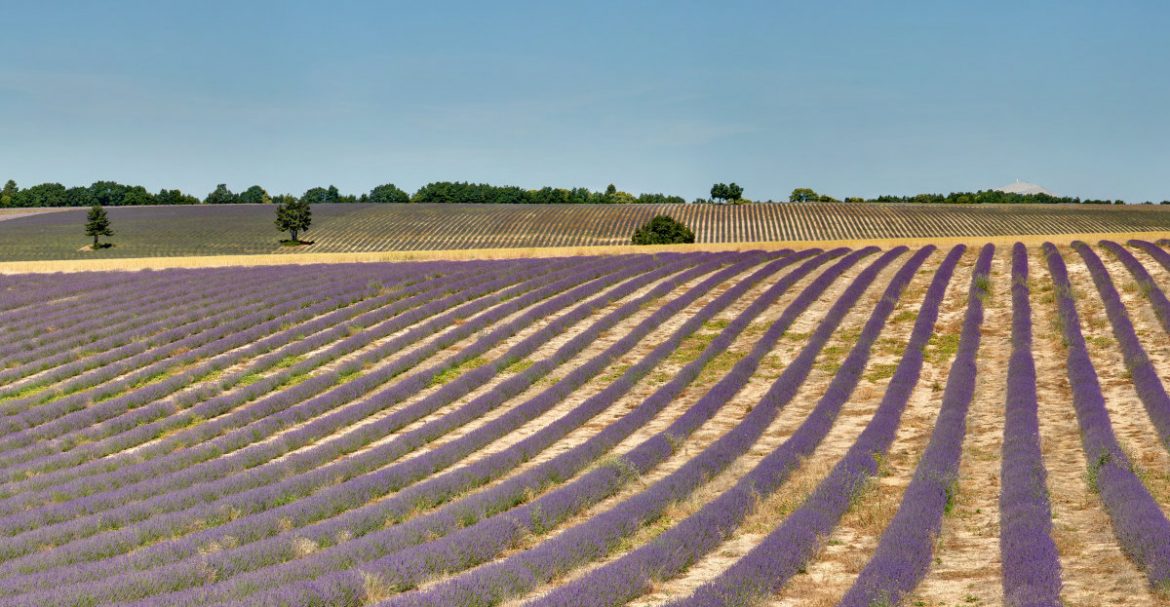If there is one color to describe Huocheng in Xinjiang, purple is it. Huocheng is located at the same latitude with Provence, France, and its unique natural counter-temperate climate and water and fertilizer conditions make it an ideal geographic environment for large scale lavender planting. With 95% of the world’s lavender, along with Provence, France, Hokkaido, Japan and the Caucasus, Russia, it is one of the world’s four major lavender producing regions.
The photographer Ke Li, who specializes in taking wedding photos for couples, said: “Every year in June, many studios and studios receive requests from couples who want to take photos with the theme of lavender. Since our studio opened, 3 years ago, we have received an average of about 6 orders per year that are lavender, and even some couples have come from the mainland specifically to take lavender photos.”
According to him, one of the orders in 2014 is a pair of Zhuhai newcomers, they got married in September, in March, contacted the studio to place an order to pay a deposit, in June, a special flight to Xinjiang to shoot lavender-themed wedding photos.
In the summer, Huocheng is full of lavender and a variety of crops, yellow rape, white potato flowers, purple mint and basil. There are many colorful flower fields, like a patchwork coat forgotten by God on the earth. From June to August every year, when the lavender flowers bloom, the entire horticultural farm seems to wear a purple coat, and the fragrant lavender sways in the wind. Many harvested lavender plants are drying on the roadside of the farm, and farmers are tilling them with rakes. On both sides of the road, a sea of purple flowers and yellow wheat waves mosaic each other, creating a beautiful geometric pattern that reflects the snowy mountains in the distance. Rent a bicycle and ride slowly along the fields in the blue sky, white clouds and fragrant breeze, and you might just be willing to become a florist or marry a florist from now on!
Lavender is a perennial subshrub of the genus Lavandula in the family Labiatae, and an ornamental natural aromatic oil plant native to the Mediterranean region of southern Europe and the southern foothills of the Alps, mainly cultivated in France, Italy, England and Bulgaria. As early as the 1960s of last century, lavender was introduced to Ili Kazakh Autonomous Prefecture in western Xinjiang. Today, located at the foot of the Tianshan Mountains, known as the southern part of the country, Xinjiang Ili, with its unique geographical location and climatic conditions, has built the largest lavender base in China, and become one of the world’s eight famous production sites of lavender.
At present, the lavender planting area in the Yili Valley has reached nearly 5 million acres, with a pole of essential oil production exceeding 200 tons, accounting for more than 93% of China’s lavender planting area and production, and most of the products are sold abroad, such as Japan, data show that less than 7% of the current domestic market is pure foreign imports of original products, the remaining 90% of the lavender essential oil in Yili, Xinjiang, the rest is elsewhere! The lavender varieties. In this sense, Xinjiang Ili has long been known by the aromatherapy industry as “the hometown of Chinese lavender” is well deserved.
Every summer, the lavender fields bloom, the flower country of ten miles, the entire Huocheng, and even the entire Ili River Valley have become a world of aromatherapy. The fragrance of this small, light blue-purple flower can be smelled from as far away as ten miles in the flowering season, but standing in a large field of flowers, the fragrance is still light and mild. Its fragrance seems to be in some kind of half-dreamed state of life, faded to the extreme, and carved in the bottom of the heart.

